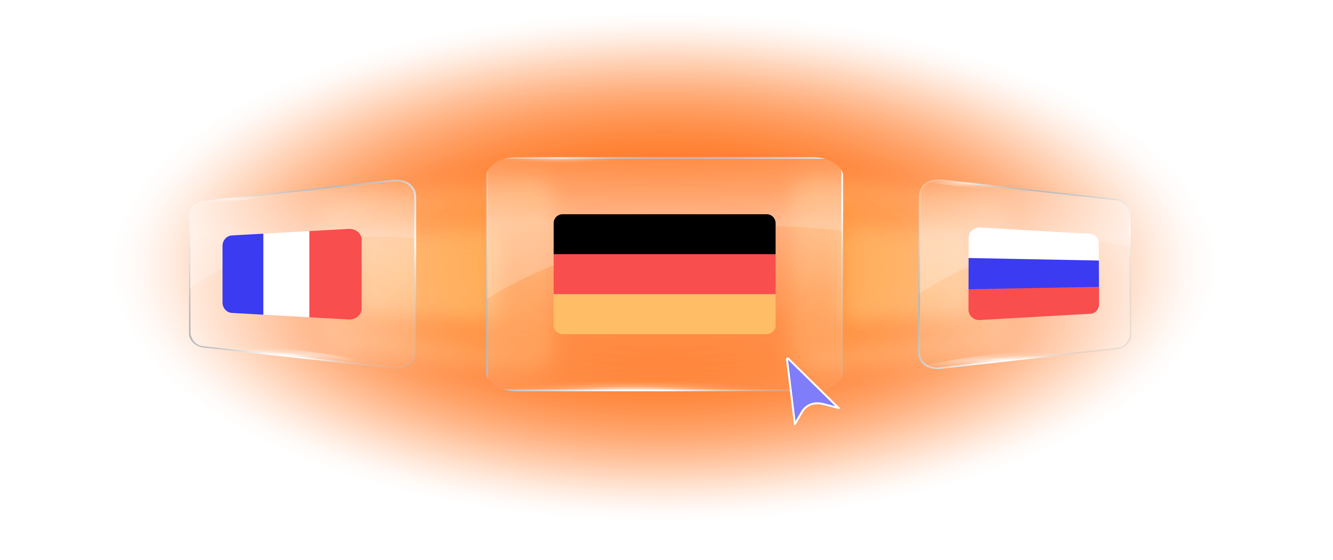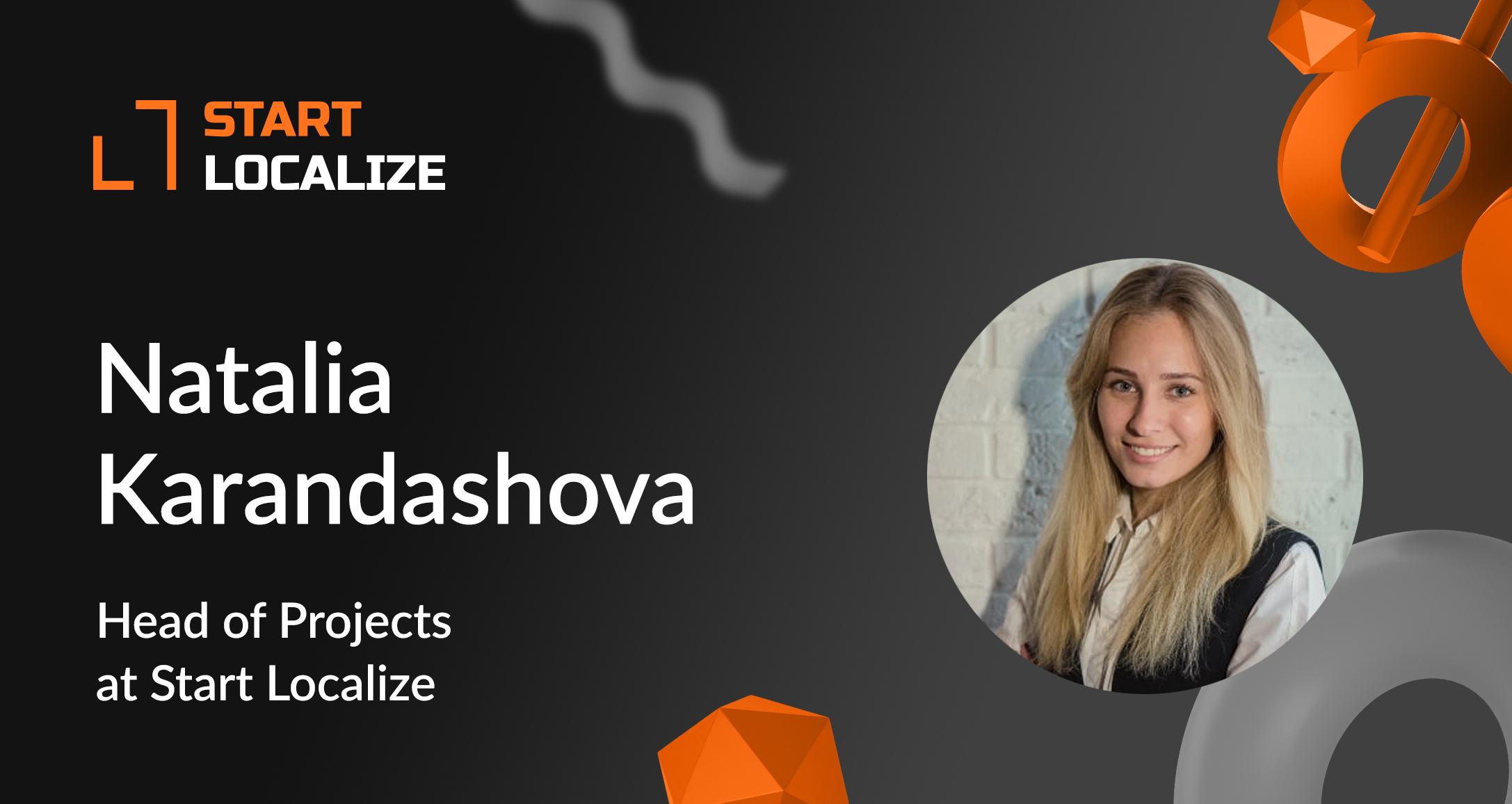Game localization is one of the pivotal development steps, especially if you are sure that your game will succeed on a global scale.
Localization enables you to expand your reach and effectively bring your product to various markets.
How can you maximize efficiency in this process?
In this post, we will share our practice based on our work with independent developers and large studios.
Preparation
First and foremost, you need to define the localization languages and countries where you will roll out your game. For that, do research on your competitors or contact localization studios. They are often able to provide analytics and help you decide about the countries to start with.
Pay attention to language variations, for example: European and Latin American Spanish, European and Brazilian Portuguese, etc. These nuances are important when adapting your product to a specific market.
Tuning the Process
Take a look at the localization process. When it comes to small content volume and its rare updates, you can choose a “manual” method—create a Google Sheet. If the project is large-scale and will be frequently updated, we recommend automating the process. One of the options is to use a localization platform such as Smartcat, Crowdin, Gridly, etc. (a localization studio will help you with that). These platforms provide personal accounts and various integrations to make the localization process convenient.
When choosing a localization service provider (studio, freelance, or in-house staff), consider different options:
Freelancers are flexible but can be unstable.
In-house translators and project managers are consistent but imply high costs.
Localization studios provide high quality but may lack flexibility.
Localization Steps
Preparation
A localization kit (loc-kit) can leverage the process to the utmost. It is a collection of files for the localization team that will be useful regardless of the scenario and localization service provider. It encompasses dialogs, item descriptions, tasks, UI, voiceover texts, promotional materials, store page descriptions, a glossary, and a style guide.
Creating a glossary from the very start of the project is of great importance. It will help ensure terms are consistent and will still be considered in the event of a team change.
Translation
During this step, a native speaker attentively translates the texts, and an editor thoroughly edits them. All this happens in close cooperation with the customer. Not only the meaning matters, but also the game context needs to be understood to make sure that a localized version fully meets user expectations.
If you provide localization specialists with a well-structured loc-kit that includes a glossary and a style guide, it will also reduce the risk of misunderstanding and ensure higher translation quality.
This classic approach is considered the most proficient and the most expensive one since the content is translated by native speakers who specialize in games and are heavily into them as a whole.
Lately, there have been requests from developers to reduce the cost of translation and speed up the translation process. In the meantime, they are ready for lower quality. In these cases, we offer PEMT (post-editing of machine translation). AI cannot replace a human so far; therefore, this option suits only those projects where content has no deep meaning but rather represents a guide for a player through the steps.
Localization Quality Assurance (LQA)
LQA is needed to verify the localization quality. We don’t recommend neglecting this step since it helps detect mistakes and inconsistencies that were hard to find during translation, namely: text outside of the button boundaries, misprints, and inaccuracies in translation based on context.
Localization studios commonly assist in developing an LQA algorithm for a project. You will have to provide a build for testing and will receive a bug report as a result.
Voiceover
We consider voiceover to be part of localization since audio content needs to be adapted in line with texts, promoting greater engagement with the gameplay. References are crucial for actors to ensure high-quality and accurate representation of audio content matching the general game atmosphere and style, so make sure to provide them. Furthermore, it is necessary to openly communicate with voice actors to be mindful of their creative contribution and seamlessly embed the voiceover in the general project concept.
Summary
Localization is part and parcel of game development. You have to make this process elaborate and include it in your budget during project planning.
Stay in touch with your localization team because their work influences the success of your game in a new market. Think over every step, and your product will be well-received by its audience around the globe.
And what are the easiest and hardest parts of localization for you?




